Paddy cultivation has traditionally been done through the transplantation of paddy seedlings, but this method has disadvantages, such as high labor costs and low seedling survival rates. Direct seeding technology is an alternative method where seeds are directly sown in the field, eliminating the need for seedlings and reducing labor and input costs. This method is more profitable than the traditional transplantation method. In this blog post, we will explore the steps involved in paddy cultivation through direct seeding technology and highlight the benefits of this method for farmers.
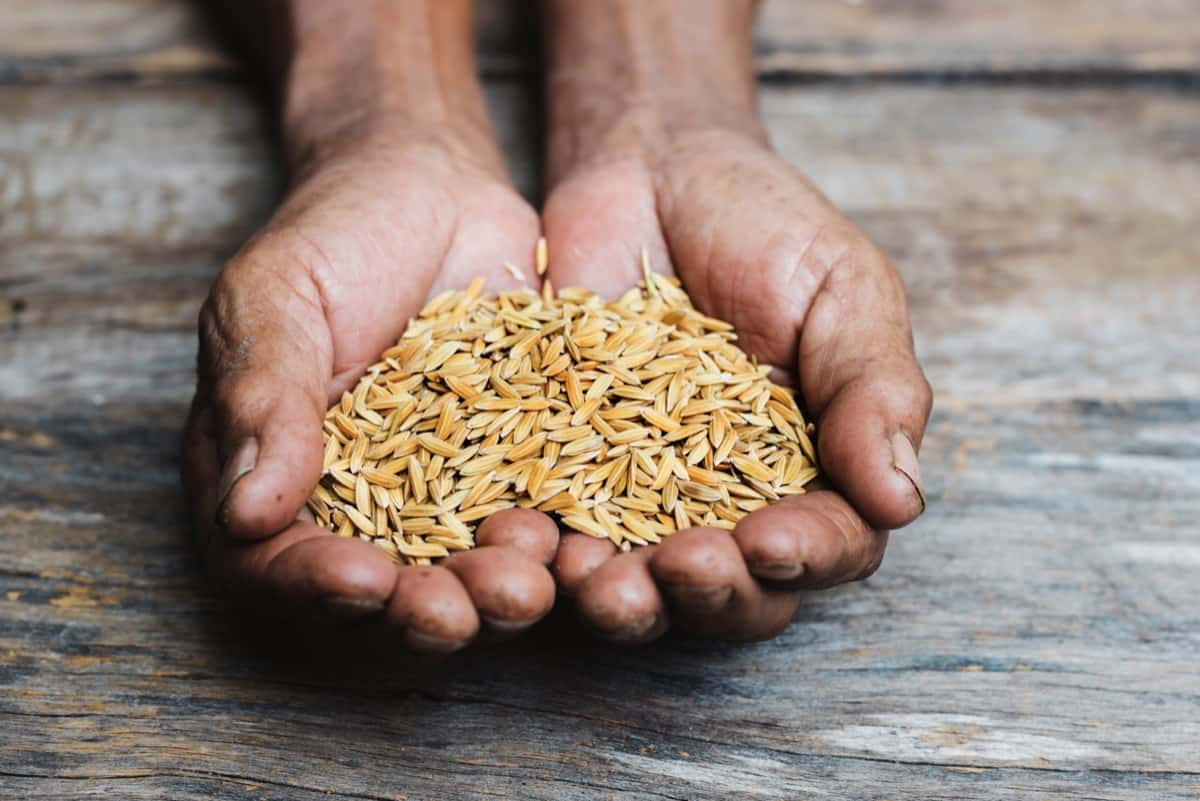
Paddy Cultivation through Direct Seeding Technology
What is Direct Seeding Technology?
Direct Seeding Technology or Direct Seeded Rice (DSR) is a method of rice cultivation where paddy seeds are directly sown in the field, eliminating the need for the traditional transplantation process. DSR does not require flooding the rice field, puddling, or nursery management. It is a resource-efficient method requiring less water, labor, and time. With the increasing population, water resources are shrinking, and laborers are shifting to other works. DSR is a sustainable cultivation method that can provide farmers with better yield and profit margins.
Difference Between Traditional and Direct Seeding Technology in Paddy Cultivation
Traditional Paddy Cultivation
- Transplantation process: seedlings are grown in a nursery and transplanted into the field.
- High labor and input costs: requires labor for nursery management, transplanting, and field maintenance.
- Requires flooding of rice fields: water is used to puddle the soil and create the ideal environment for growing seedlings.
- Low seedling survival rate: transplanting can damage seedlings and cause them to die, reducing overall yield.
Direct Seeding Technology
- Direct sowing of paddy seeds in the field, eliminating the need for transplantation.
- Reduced labor and input costs: no nursery management, less labor for field maintenance.
- No flooding required: water is conserved and used more efficiently.
- Higher seedling survival rate: direct seeding ensures more seeds germinate and grow, yielding higher yields.
In case you missed it: Stem Borer Management in Paddy Farming: Symptoms, Rice Damages, Natural, Organic, Chemical, and Biological Control
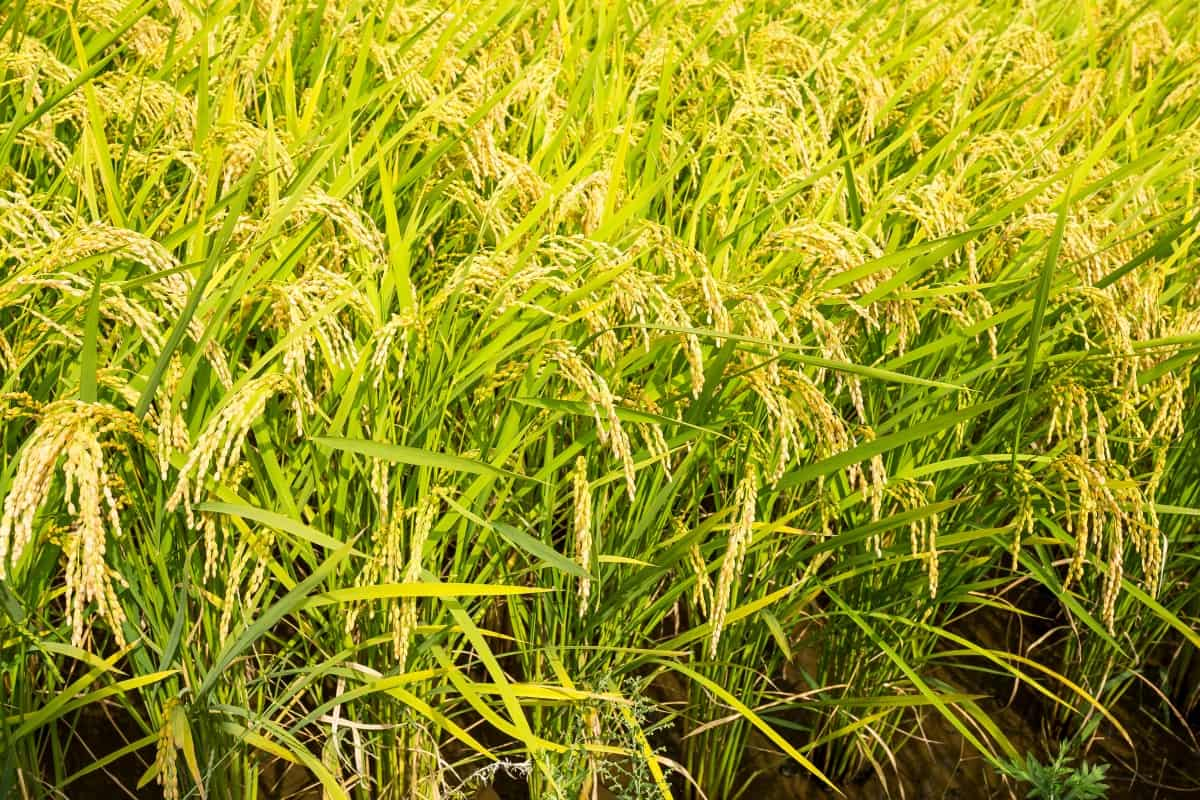
Background of Direct Seeding Technology
Direct Seeding Technology has been developed as a more efficient and cost-effective method for paddy cultivation than traditional transplantation. With improved varieties and effective weedicides developed, Rice-Wheat Seeder has made it a profitable method for farmers.
- Paddy is mostly grown worldwide through the hand transplanting of seedlings in puddled soil, which is a labor-intensive and resource-intensive method.
- Farmers in many parts of the world use different types of paddy transplanters that require mat-type seedlings.
- Because of the high cost and difficulty of operations, the pace of adoption of transplanters is slow in India.
- Direct Seeded Paddy (DSP) cultivation is gaining popularity by developing improved varieties and effective weedicides.
- Farmers are slowly adopting the Direct Seeded Rice (DSR) technology, which involves broadcasting dry seeds of paddy in well-pulverized soil.
- However, poor germination and crop establishment due to random seed dispersal have been challenging.
- The Rice-Wheat Seeder equipment can regulate seed rate and put seeds in the soil at desired depth with proper plant-to-plant distance, allowing for well-defined row spacing and mechanical weeding tools.
- The use of Rice-Wheat Seeder has made Direct Seeding Technology a profitable method for paddy cultivation by reducing labor and input costs, conserving water, and improving crop yield.
Need for Direct Seeding Rice Technology
- Conventional rice cultivation requires puddling, transplanting, and flooding of fields, which are laborious and time-consuming processes.
- With increasing population and shrinking water resources, there is a need for a sustainable cultivation method.
- Laborers are shifting to other developmental works, resulting in scarce workers for conventional rice cultivation.
- Direct Seeding Technology reduces the cost and time involved in traditional cultivation methods, making it profitable for farmers.
- Direct Seeding Technology also saves water and reduces greenhouse gas emissions from the fields, making it an environmentally friendly method.
- With improved rice varieties and effective weedicides, Direct Seeding Technology has become a viable option for farmers.
Technological Change in Paddy Production with Traditional and Direct Seeding Methods
The direct seeding method showed higher yield and net returns with a lower cost of cultivation than the traditional method. Resource use efficiency was assessed using marginal value product and factor cost of resources. The output elasticity coefficients for seeds, labor, fertilizer, FYM, and miscellaneous were positive and significant in both methods.
In case you missed it: Insect Pest and Disease Management in Paddy/Rice: Causes, Symptoms, Chemical, and Biological Control
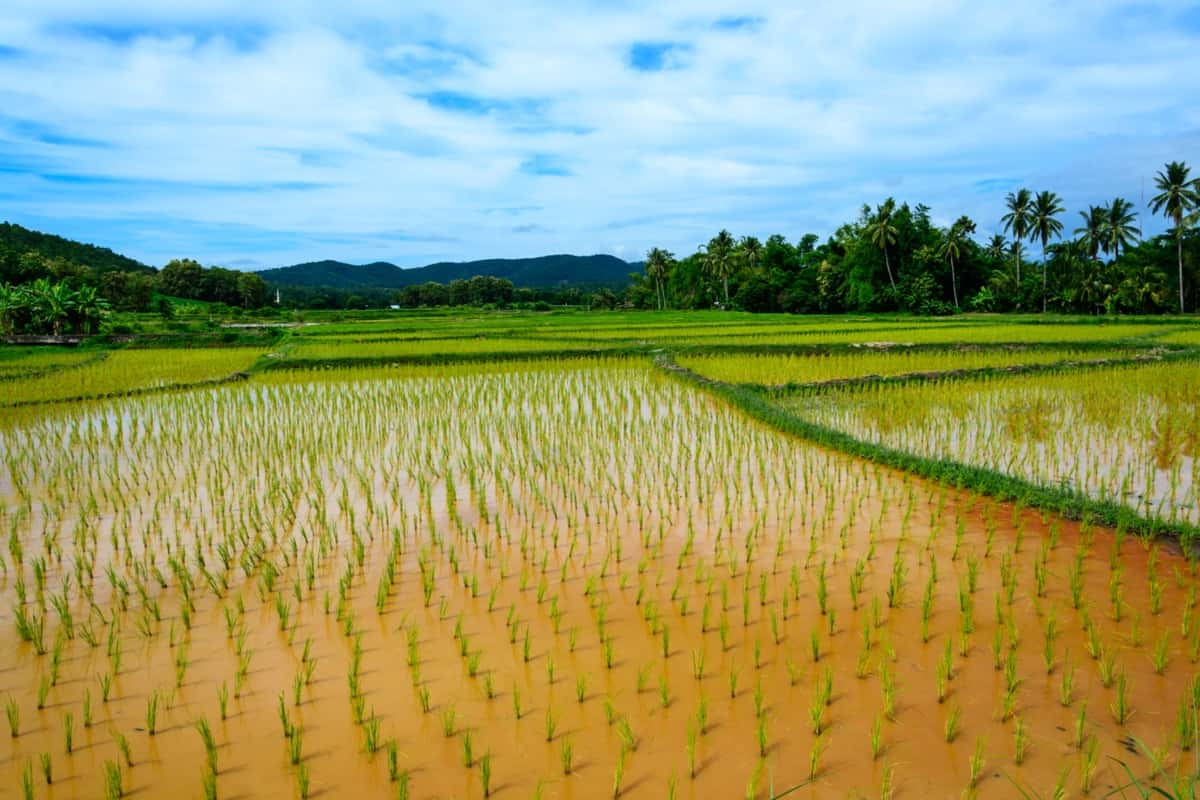
Steps Involved in Paddy Cultivation Through Direct Seeding Technology
Paddy Cultivation through Wet Direct Seeding Technology
- Land preparation: The field is plowed, harrowed, leveled, and drained properly.
- Seed selection and treatment: Select good quality seeds and pre-treat them with fungicides.
- Seed sowing: Seeds are drilled into the mud with a drum seeder in wet seeding or broadcasted into shallow standing water.
- Seed rate: The recommended seed rate is 80-100 kg/ha for broadcasting and 80 kg/ha for drum seeding.
- Weed control: Pre-emergence herbicide should be applied 1-3 days after sowing (DAS), followed by post-emergence application at 15-25 DAS. Hand weeding or mechanical weeding using motorized cono and other hand weeders can also be done.
- Fertilizer application: Apply recommended doses of nitrogen, phosphorus, and potassium at the appropriate time.
- Water management: Proper irrigation is required throughout the crop cycle, especially during the critical growth stages.
Paddy Cultivation through Dry Direct Seeding Technology
- Land preparation: The land is prepared by plowing or harrowing, depending on the soil type and ecosystem. A smooth, level seedbed is necessary to ensure proper seed placement.
- Seed selection: High-quality seeds are selected for planting. The recommended seed rate is 80-100 kg per ha.
- Seed broadcasting: The seeds are uniformly broadcasted by hand or in furrows, depending on the method used. The recommended seed rate is 60-80 kg per ha.
- Covering the seeds: After broadcasting, the seeds are covered using a spike-tooth harrow or by manually covering them with soil.
- Fertilizer application: Fertilizers can be applied at the same time as the seed, depending on the soil’s nutrient status. This ensures that the seedlings have enough nutrients for optimal growth.
- Irrigation: The field is irrigated to ensure adequate moisture for seed germination.
- Weed control: To control weeds, a pre-emergence herbicide is applied within 1-3 days after seeding. A post-emergence herbicide is applied at 15-25 days after seeding to control any weeds that have already emerged. Motorized cono and other hand weeders can also be used for mechanical weeding.
- Harvesting: The crop is harvested when the grains have matured and turned golden brown.
Advantages of Paddy Cultivation Through Direct Seeding Technology
Direct Seeding Technology has various advantages over the conventional Puddled Transplanted System (PTS) method of rice cultivation. Below are the benefits of Paddy Cultivation Through Direct Seeding Technology
- Saves water: DSR method saves 30% of water which is being wasted in the Puddled Transplanted System. It requires less water for irrigation and prevents the wastage of water. 1 kg of rice requires 4000–5000 liters of water. DSR saves 30% of Puddled Transplanted System water.
- Saves labour: DSR method reduces cost by skipping extensive field preparation, nursery raising, and labor cost. It requires less labor as compared to the PTS method.
- Decreases the overall cost of cultivation: DSR method reduces the overall cost of cultivation by saving labor and water.
- Gives early crop maturity of 8-10 days: It fits in different cropping systems and provides the farmer with ample time to prepare the field for the next crop.
- Causes less damage to soil physical health: Puddling in the PTS method involves destroying the soil structure and clogging of pores. The DSR method does minimal damage to the soil structure and ultimately gives a good yield.
- Produces fewer greenhouse gases: DSR method produces fewer greenhouse gases than the PTS method.
- Solution to stubble burning: DSR method allows farmers to manage the stubble rather than eliminating them by burning, which causes pollution.
- Improves Productivity: The number of tillers in Direct seeded Rice is found to be higher than that of transplanted rice, which can lead to increased yield when combined with suitable growing practices.
In case you missed it: Top 20 Steps to Boost Rice Yield: How to Increase Paddy Production and Quality
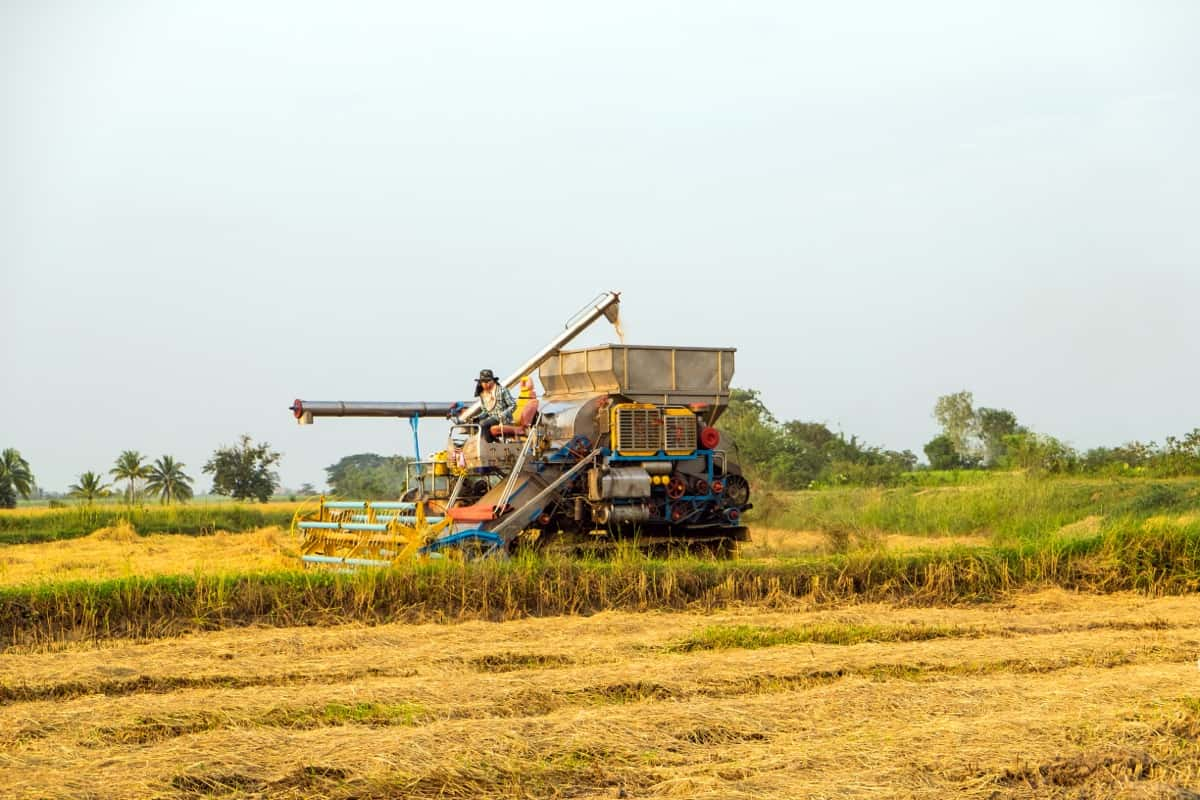
Best Equipment for Paddy Cultivation through Direct Seeding Technology
Various types of equipment are available for paddy cultivation through direct seeding technology. The choice of equipment depends on the kind of land, soil condition, and farm size. The Rice Wheat Seeder equipment, developed by the scientists of the College of Agricultural Engineering at Dr. Rajendra Prasad Central Agricultural University in Pusa, has been successfully manufactured by M/s Bihar Maa Durga Agro Industries Pvt. Ltd., in Bihar’s Madhubani district.
This equipment has been designed specifically for paddy cultivation through direct seeding technology, with features such as an effective width of 0.96 meters, a recommended working speed of 1.8-2.25 km/h, and an effective field capacity of 0.40-0.50 ha/day.
- It requires only two laborers and has a seed capacity of 5 kg per drum, with two drums per machine.
- The equipment also has four rows of holes on each drum, four furrow openers and seed collectors, and two depth control wheels with three depth control settings holes.
- The minimum and maximum depth achieved for seeding is 1.0 cm and 3.0 cm, respectively.
The Rice Wheat Seeder equipment was used in paddy and wheat crops in the research farms of Dr. Rajendra Prasad Central Agricultural University and Krishi Vigyan Kendra farm of Bihar Agricultural University Sabour.
- The crop variety used was “Rajendra Saraswati” and “Rajendra Sweta” for the paddy crop, which was seeded with dry seeds in well-pulverized soil utilizing the equipment. The field preparation was done with a rotavator in two passes.
- The results of the trials showed a seed rate of 22 kg/ha, and a yield of 4000 kg/ha and 3880 kg/ha at DRPCAU and BAU, respectively.
- The equipment has proven to be an effective and efficient tool for paddy cultivation through direct seeding technology, potentially increasing productivity and reducing labor costs.
- The price of the equipment may range from approximately INR 50,000 to 70,000, depending on the specifications and features of the machine.
- For the most recent information on price and availability, it is always advised to contact the manufacturer or dealer directly.
Direct Seeding Technology for Paddy Cultivation in Drum Seeder and Conoweeders
- The seed rate required is 40 kg per hectare.
- The time required for direct seeding is 210-420 minutes (3.5-7 hours), with three laborers needed for the job.
- Weedicide use is a must, and a second application may be needed 30 days after sowing in fields with high weed problems.
- Paddy seeds are filled in 3/4 level in each of 2-4 drums, and seeds fall in 4-8 rows with 20 cm width between the rows.
- Conoweeders are used 3-4 times starting from 20 days after sowing.
- Water management involves no standing water after seeding, keeping the field wet until the panicle initiation stage, and 2-3 cm standing water until ten days before harvesting.
- The direct seeding method avoids raising a nursery, allowing farmers to take up paddy cultivation anytime.
- It can be used in fields with heavy weed infestation.
- Crop duration can be shortened by 7-10 days compared to traditional practice.
In case you missed it: How to Start Thai Dragon Pepper Farming: A Step-by-Step Growing Guide
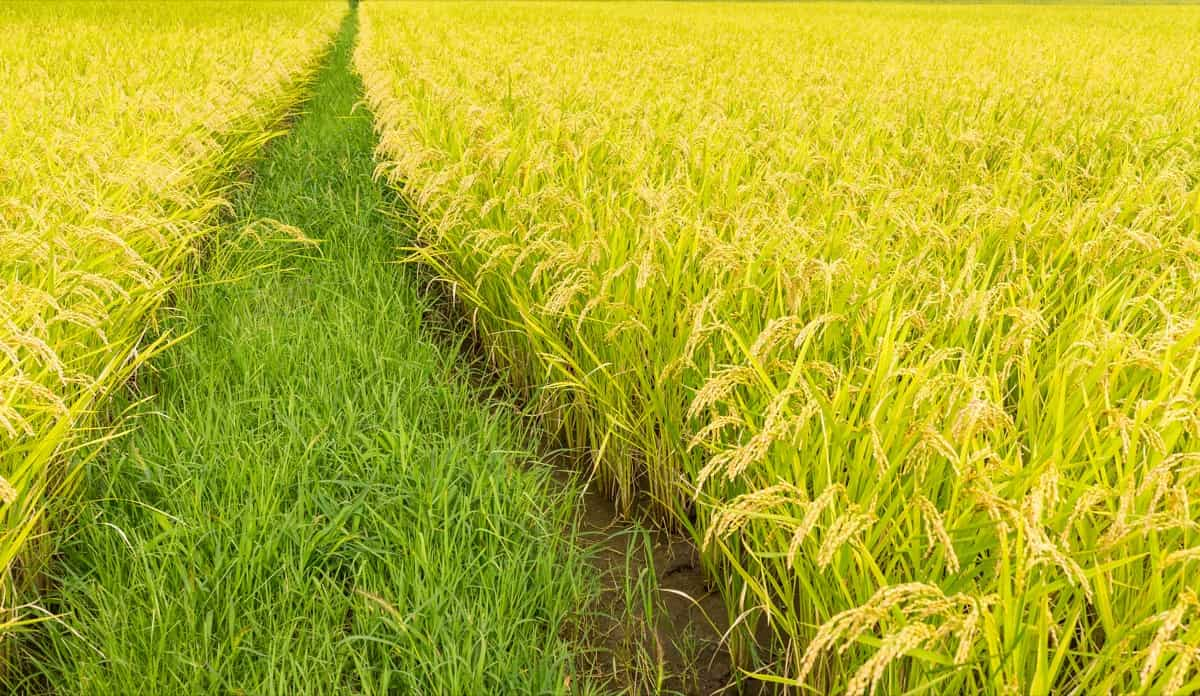
Challenges in Paddy Cultivation Through Direct Seeding Technology
Direct Seeding Technology (DST) is an efficient method of paddy cultivation that can save water, reduce labor costs and enhance crop productivity.
Poor Crop Establishment
One of the major challenges in DST is poor crop establishment. This is mainly due to less technical land preparation methods used by farmers. To overcome this, special methods of field preparation, such as laser leveling technology, can be used to ensure even crop establishment.
High Weed Infestation
Weed infestation is a common problem faced by paddy farmers. In DST, weed competition during the initial growth stage is higher than conventional cultivation methods. Regular weeding through chemical or mechanical means is required to control weed growth. However, chemical weeding can increase the cost of cultivation.
Higher Seed Rate
The seed rate required in DST is higher (16-20 kg/ha) than the traditional paddy cultivation method (10-12 kg/ha). This can increase the cost of cultivation.
Susceptible to Soil-borne Pathogens
DST crops are more susceptible to soil-borne pathogens, especially nematodes, which can cause damage to the crop. Proper management practices should be followed to prevent soil-borne pathogen attacks.
Crop Lodging
Crop lodging is more common in DST crops, which makes harvesting difficult. This problem can be reduced using short and medium-height varieties and hill seeding.
Incidence of Minor Diseases
Minor diseases such as rice blasts can cause severe damage to the crop due to water stress. Proper management practices should be followed to prevent the incidence of such conditions.
In case you missed it: Rice Blast Disease in Paddy Crop: Symptoms, Causes, Control Management, and Treatment
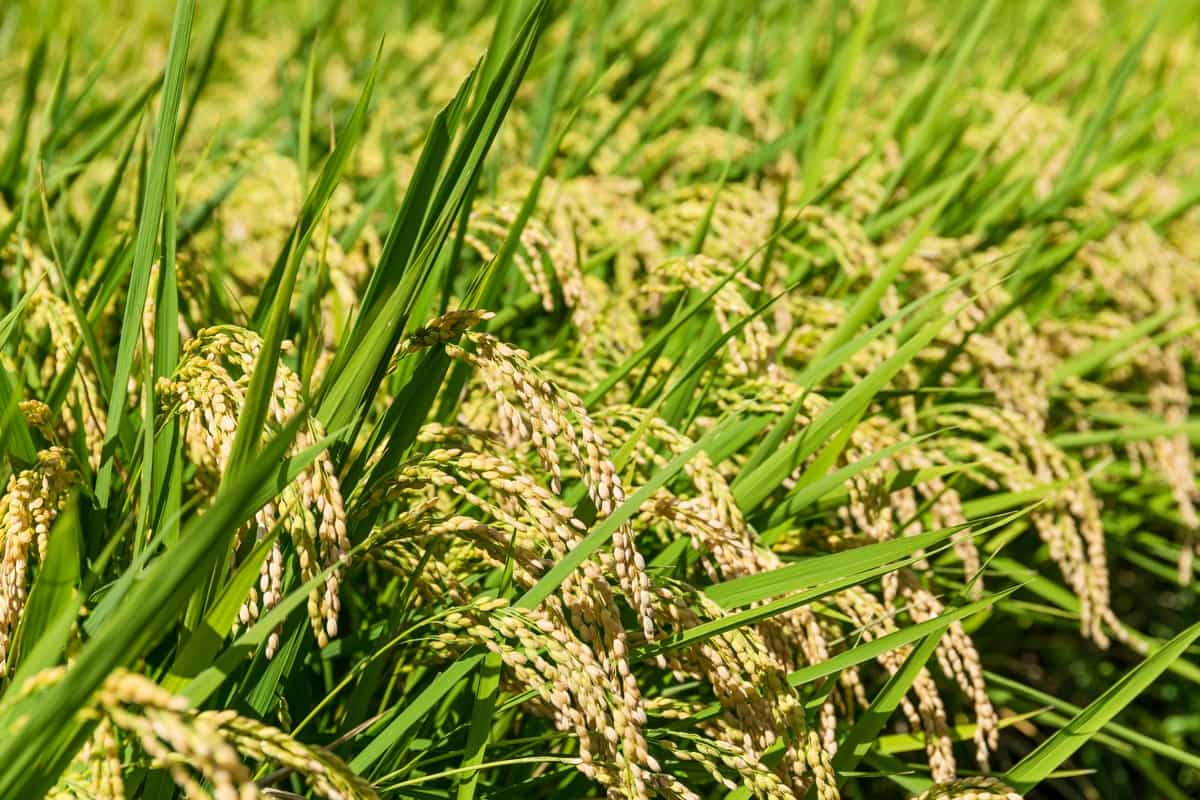
Increase in N2O Production
DST can increase the production of nitrous oxide (N2O), a potent greenhouse gas that can contribute to global warming. Proper management practices, such as using nitrogen fertilizer appropriately, can help reduce N2O emissions.
Conclusion
Direct seeding technology is a profitable method for paddy cultivation, with higher yields, lower costs of cultivation, and better resource use efficiency than traditional methods. However, its adoption rate among farmers could be higher, and there is a need for enhanced extension services to popularize this technology.
- Economical Aquaculture: A Guide to Low-Budget Fish Farming
- 15 Common Planting Errors That Can Doom Your Fruit Trees
- How to Make Houseplants Bushy: Effective Tips and Ideas
- Innovative Strategies for Boosting Coconut Pollination and Yield
- Pollination Strategies for Maximum Pumpkin Yield
- The Complete Guide to Chicken Fattening: Strategies for Maximum Growth
- Natural Solutions for Tulip Problems: 100% Effective Remedies for Leaf and Bulb-Related Issues
- Revolutionizing Citrus Preservation: Towards a Healthier, Greener Future
- Natural Solutions for Peony Leaf and Flower Problems: 100% Effective Remedies
- Maximizing Profits with Avocado Contract Farming in India: A Comprehensive Guide
- Natural Solutions for Hydrangea Problems: 100% Effective Remedies for Leaf and Flowers
- The Ultimate Guide to Choosing the Perfect Foliage Friend: Bringing Life Indoors
- From Sunlight to Sustainability: 15 Ways to Use Solar Technology in Agriculture
- The Ultimate Guide to Dong Tao Chicken: Exploring from History to Raising
- The Eco-Friendly Makeover: How to Convert Your Unused Swimming Pool into a Fish Pond
- Mastering the Art of Delaware Chicken Farming: Essentials for Healthy Backyard Flocks
- 20 Best Homemade Fertilizers for Money Plant: DIY Recipes and Application Methods
- How to Craft a Comprehensive Free-Range Chicken Farming Business Plan
- Brighten Your Flock: Raising Easter Egger Chickens for Beauty and Bounty
- How to Optimize Your Poultry Egg Farm Business Plan with These Strategies
- Subsidy for Spirulina Cultivation: How Indian Government Schemes Encouraging Spirulina Farmers
- Ultimate Guide to Raising Dominique Chickens: Breeding, Feeding, Egg-Production, and Care
- Mastering the Art of Raising Jersey Giant Chickens: Care, Feeding, and More
- Ultimate Guide to Raising Legbar Chickens: Breeding, Farming Practices, Diet, Egg-Production
- How to Raise Welsummer Chickens: A Comprehensive Guide for Beginners
- How to Protect Indoor Plants in Winter: A Comprehensive Guide
- Ultimate Guide to Grow Bag Gardening: Tips, Tricks, and Planting Ideas for Urban Gardeners
- Guide to Lotus Cultivation: How to Propagate, Plant, Grow, Care, Cost, and Profit
- Agriculture Drone Subsidy Scheme: Government Kisan Subsidy, License, and How to Apply Online
- Ultimate Guide to Raising Araucana Chickens: Breed Profile, Farming Economics, Diet, and Care
- Bringing Hydroponics to Classroom: Importance, Benefits of Learning for School Students
- Ultimate Guide to Raising Polish Chickens: Breed Profile, Farming Economics, Diet, and Care
- Ultimate Guide to Raising Australorp Chickens: Profile, Farming Economics, Egg Production, Diet, and Care
- Silkie Chicken Farming: Raising Practices, Varieties, Egg Production, Diet, and Care
- Sussex Chicken Farming: Raising Practices, Varieties, Egg Production, Diet and Care
- Homemade Feed Formulations for Livestock: Discover Cost-effective Starter to Finisher Feed Recipes